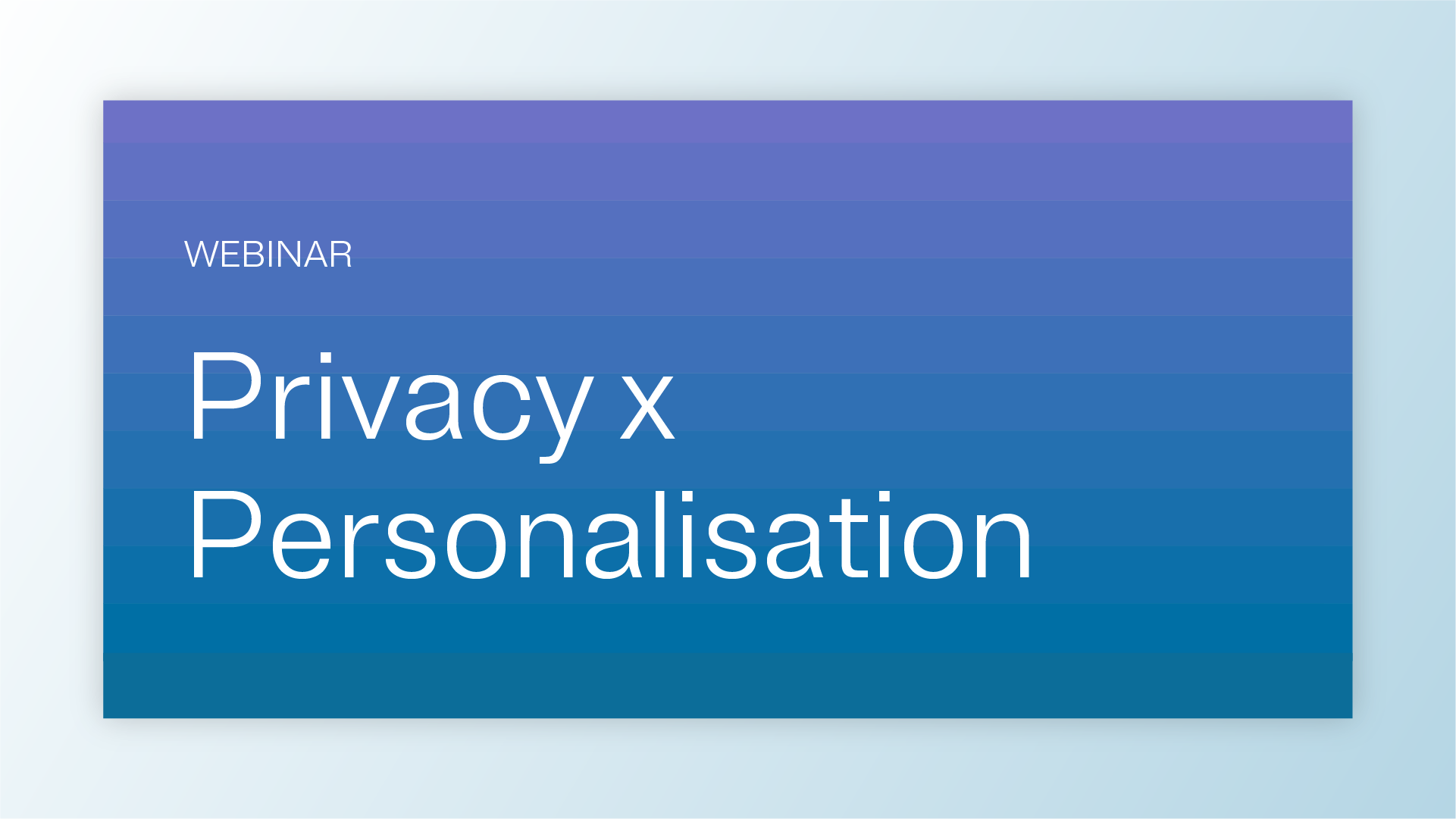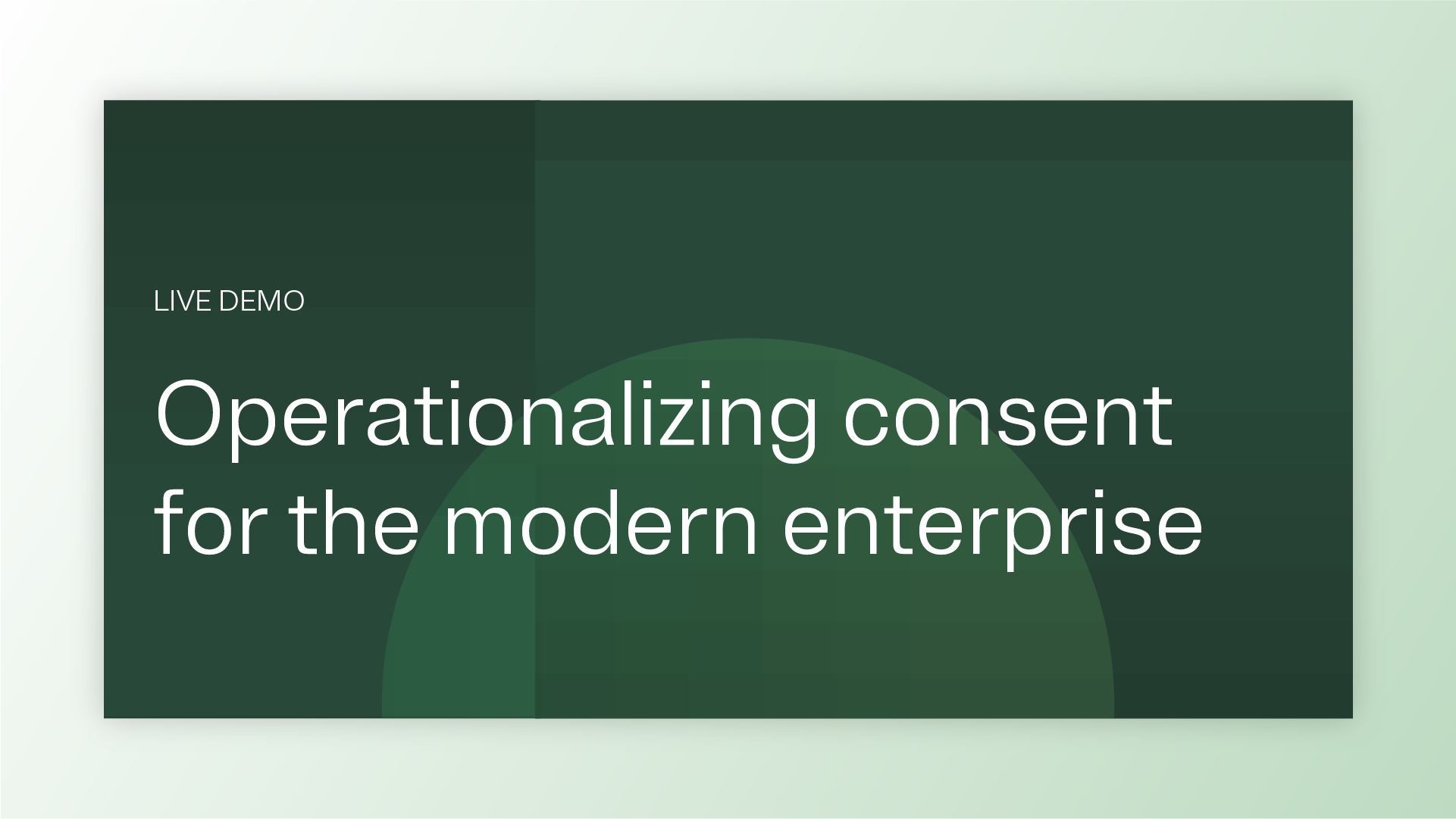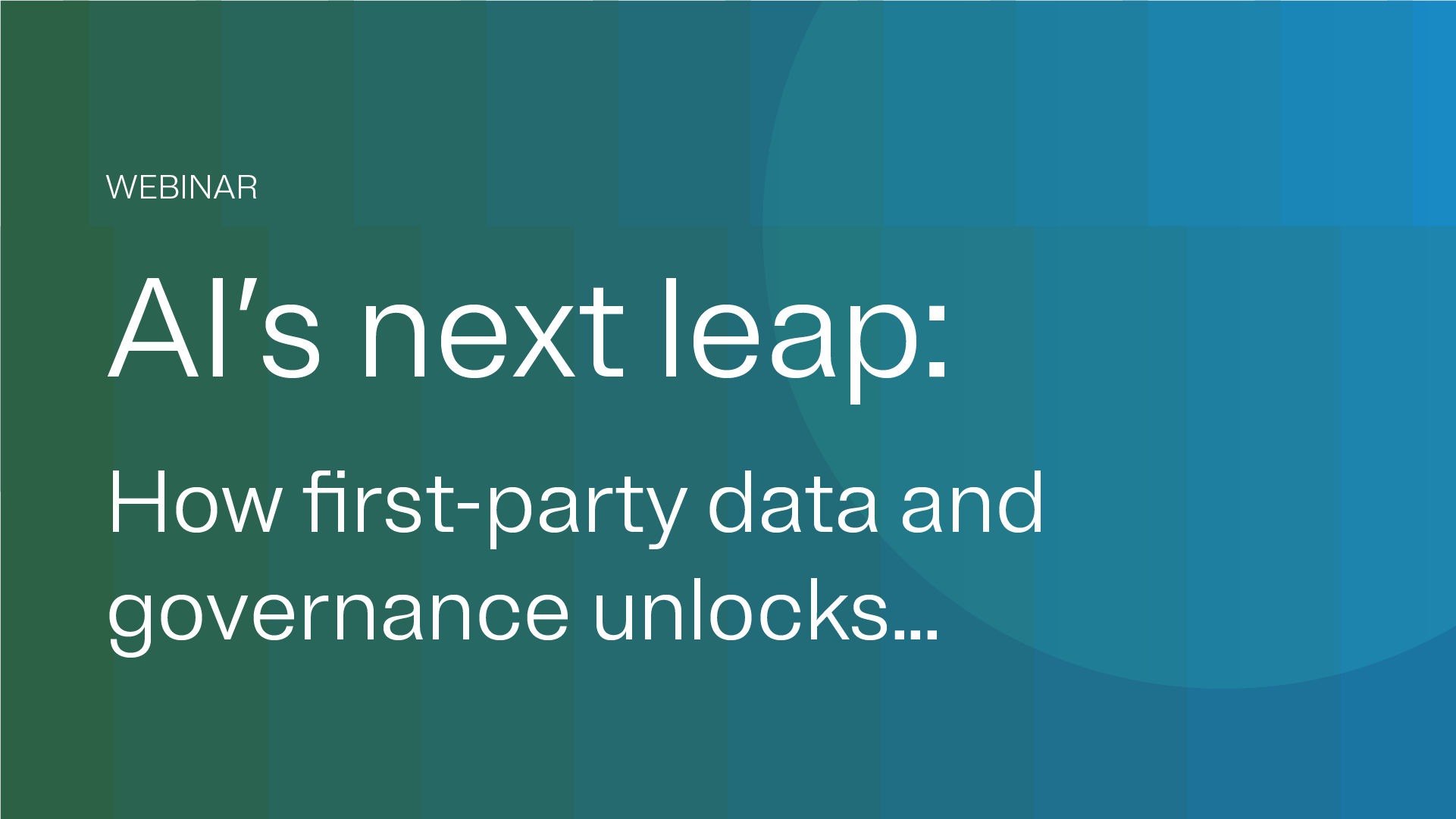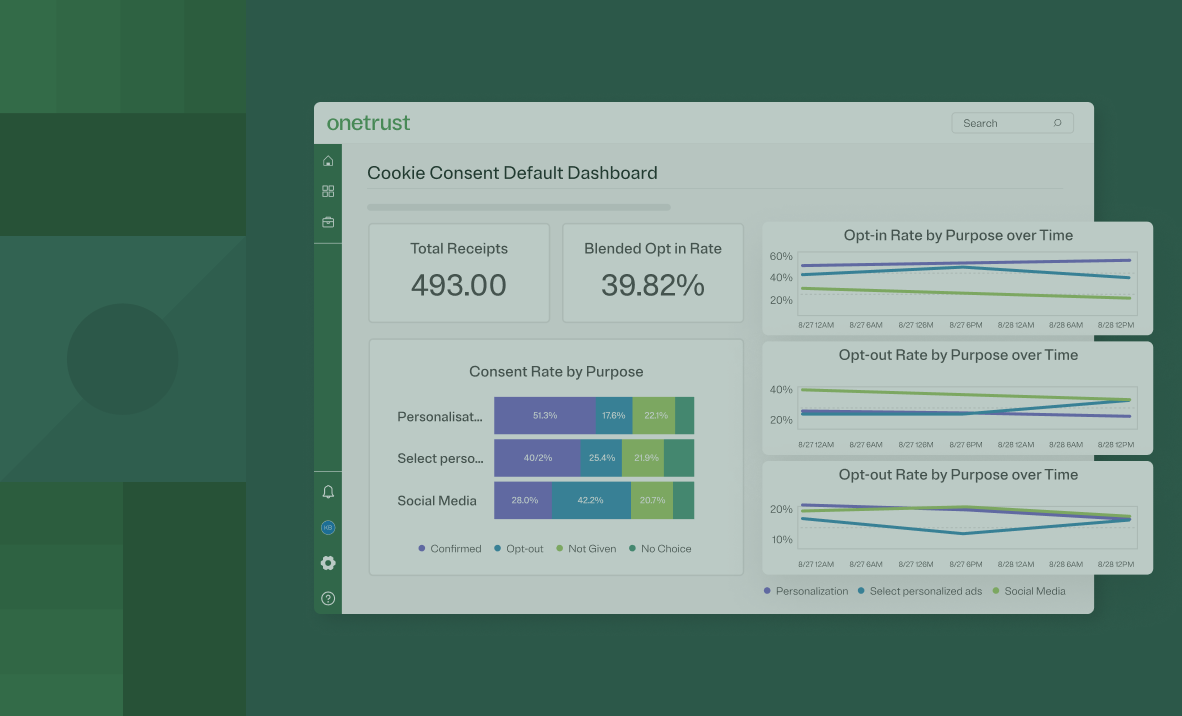Privacy has become a cornerstone in the digital advertising world. By striking a healthy balance between data privacy and personalization, advertisers can maintain user trust while improving the durability of their ad measurement and engagement.
To help with privacy-centric performance measurement, Consent Mode was developed by Google to help advertisers measure conversions and gather insights while respecting user consent choices. When a user doesn’t consent, Google Consent Mode enables website operators to recover lost conversions by filling in data gaps using conversion modeling. In turn, advertisers can get a more comprehensive view of their ad performance to more effectively optimize their campaigns.
And now with OneTrust’s integration of Google Consent Mode, OneTrust facilitates important implementation steps for easier setup. After setting up Consent Mode through your OneTrust account, you’ll be equipped to achieve greater insights into your conversion data for advertising and analytics purposes while respecting user choice when using Google Ads, Google Analytics, and Floodlight tags.
What is Google Consent Mode?
Due to local regulations, it’s common for businesses to have a cookie banner, also known as a consent management platform (CMP), on their website to obtain consent for advertising and analytics cookies. With Consent Mode implemented, Google tags will adjust their behavior accordingly based on the consent choices of the user. This removes the need for complex tag firing conditions or creative customizations to tag snippets.
Let’s say someone visits your website and makes their consent selection for the use of advertising and analytics cookies from your cookie consent banner. With Consent Mode, your Google tags will be able to determine whether or not permission has been given for your site to use cookies for the specified purposes for that user. If a user consents, conversion measurement reporting continues normally. If a user does not consent, Google tags will adjust accordingly and not use advertising cookies. From there, conversion modeling fills in measurement gaps where ad interactions cannot be tied directly to conversions.































